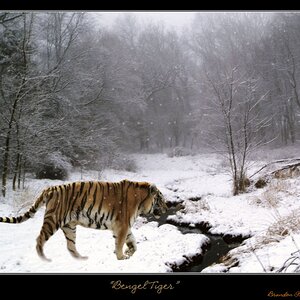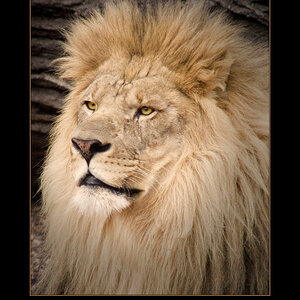Jess
TPF Noob!
- Joined
- Jan 22, 2005
- Messages
- 136
- Reaction score
- 0
- Location
- Sacramento, CA, USA
- Website
- www.geocities.com
I'm trying to wrap my brain around this. I understand that the ... forgive my terms, I'm brand new to even the concept of digital SLR... the reception plate on the 20D is smaller than 35mm. What I don't understand is the lense magnification and how it compensates for this.
Is the viewfinder compensated to the same size, cutting down the 35mm view the appropriate view? Is it a better coverage, say full coverage, of the actual image than you would find on an analogue?
How do you calculate the difference in the lense from what it is labeled?
Am I even in the right ballpark w/ my questions to understand this? lol Thanx
Is the viewfinder compensated to the same size, cutting down the 35mm view the appropriate view? Is it a better coverage, say full coverage, of the actual image than you would find on an analogue?
How do you calculate the difference in the lense from what it is labeled?
Am I even in the right ballpark w/ my questions to understand this? lol Thanx







![[No title]](/data/xfmg/thumbnail/37/37491-9a5a4b87cc7adab94e5cc59f2da93701.jpg?1619738112)





